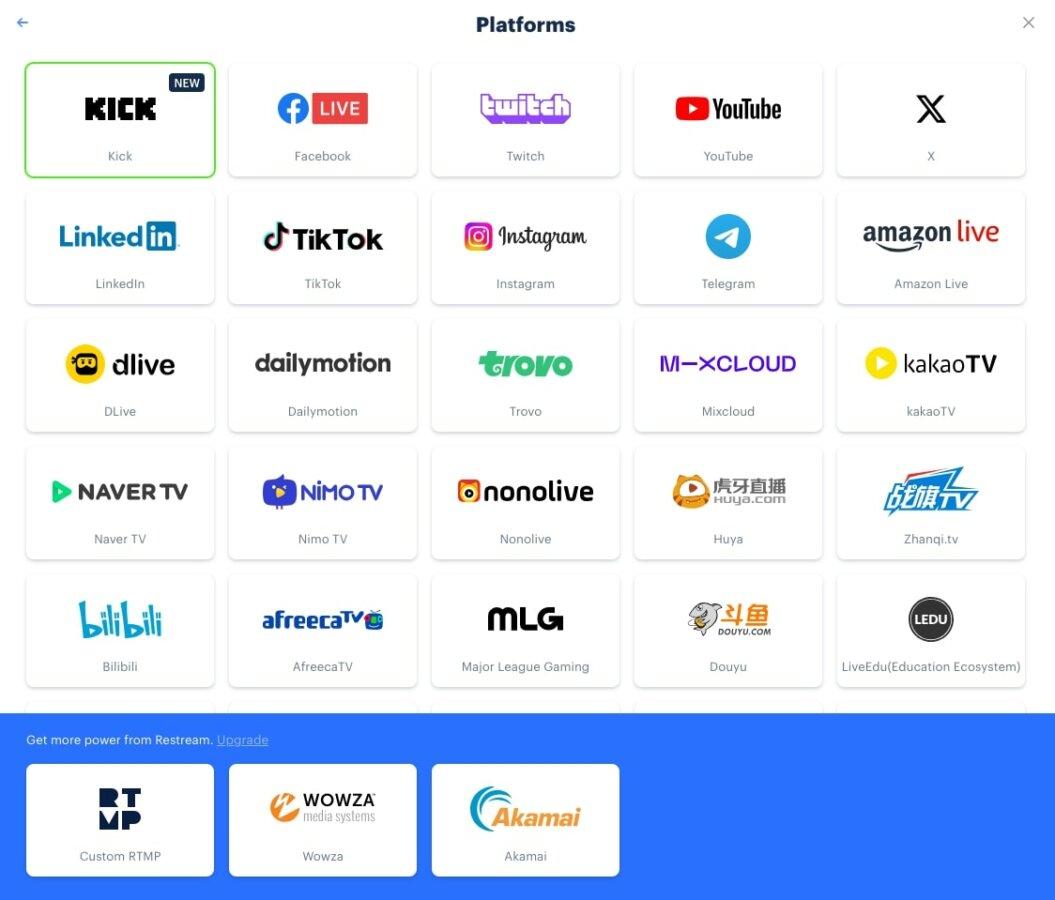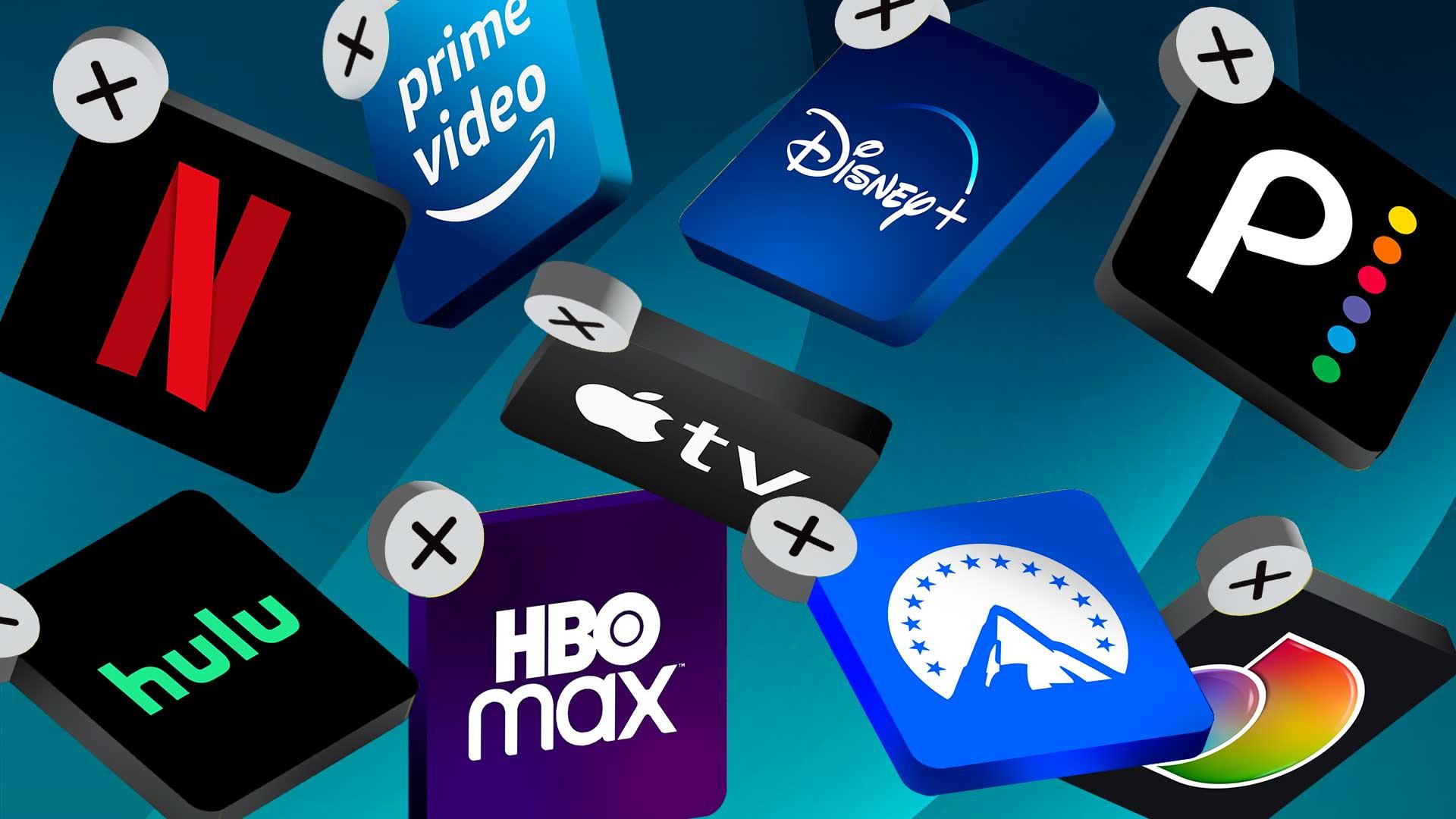In recent years, the media landscape has experienced a seismic shift with the rise of streaming platforms such as HBO Max, Netflix, and Disney+. These digital giants have revolutionized how audiences consume content, offering vast libraries of shows and movies on-demand. As traditional TV networks grapple with declining viewership and advertising revenue, questions arise about the impact of these platforms on conventional broadcasting. This article delves into the complex dynamics between streaming services and traditional TV networks, examining whether the former is undermining the latter or simply pushing them towards evolution. Through an analytical lens, we explore the strategies employed by both sides to navigate this rapidly changing environment and assess the broader implications for the future of television.
Impact on Traditional TV Networks and Viewership Trends
As streaming platforms like HBO Max continue to gain traction, traditional TV networks face a significant shift in viewership dynamics. The rise of on-demand content has led to a decline in live TV audiences, with many viewers opting for the flexibility and variety that streaming services offer. This shift is reflected in the decreasing ratings for many prime-time shows and a reallocation of advertising budgets. Networks are now challenged to adapt, often by developing their own streaming services or incorporating more digital-first strategies.
- Changing Audience Preferences: Viewers increasingly prefer binge-watching and personalized content recommendations over scheduled programming.
- Advertising Shifts: Advertisers are redirecting funds to digital platforms where they can leverage targeted advertising and data analytics.
- Content Creation: Networks are investing in exclusive content to retain viewers, often blurring the lines between traditional TV and streaming.
The competitive landscape has compelled networks to innovate, leading to a more fragmented but richer media ecosystem. While traditional TV still holds a place in the entertainment hierarchy, its role is evolving as it adapts to coexist with the ever-expanding world of streaming.

Economic Implications for Advertising and Revenue Models
- Shift in Advertising Strategies: As streaming platforms like HBO Max gain traction, traditional TV networks face significant shifts in advertising dynamics. Advertisers are increasingly drawn to the targeted ad capabilities offered by digital platforms, which provide data-driven insights and personalized viewer experiences. This shift challenges traditional networks to innovate and integrate digital strategies, potentially altering their revenue streams.
- Subscription-Based Revenue Models: Streaming services often rely on subscription-based models, which contrast with the ad-supported frameworks of traditional TV. This change in revenue generation pressures networks to rethink their financial strategies, possibly leading to hybrid models that combine subscriptions with limited advertising. The success of these models could redefine profitability in the media landscape.

Adaptation Strategies for Conventional Broadcasters
- Embrace Multiplatform Strategies: Traditional broadcasters must evolve by integrating their offerings with digital platforms. This involves creating apps and streaming services that allow audiences to access content on-demand, aligning with consumer preferences for flexibility and convenience. By offering both live and on-demand options, broadcasters can cater to a broader audience and enhance viewer engagement.
- Leverage Exclusive Content: Investing in unique and compelling content can set conventional networks apart. Developing original programming that resonates with niche audiences or capitalizing on local content can create a distinct identity. This strategy not only attracts viewers but also fosters brand loyalty, as audiences often gravitate towards exclusive and relatable content.
- Collaborate with Streaming Platforms: Forming partnerships with popular streaming services can be mutually beneficial. These collaborations can include content licensing agreements or co-productions that expand reach and share resources. By working together, traditional networks can tap into the vast user bases of streaming platforms, while maintaining their relevance in a rapidly changing media landscape.
- Utilize Data-Driven Insights: Adopting data analytics tools to understand viewer preferences and behavior is crucial. This data can inform programming decisions, advertising strategies, and marketing efforts, allowing broadcasters to tailor their offerings more precisely. Enhanced data utilization ensures that content is aligned with audience interests, increasing the likelihood of retaining and attracting viewers.

Future Prospects and Collaborative Opportunities
- Integration and Innovation: As streaming platforms like HBO Max continue to rise, traditional TV networks have an opportunity to integrate innovative technologies and content strategies. By leveraging data analytics, networks can better understand viewer preferences, enabling them to create tailored content that resonates with specific audiences. This data-driven approach could lead to partnerships with streaming services, where networks provide exclusive content in exchange for broader distribution and enhanced visibility.
- Cross-Platform Collaborations: Collaborative opportunities are ripe for exploration. Traditional networks might consider co-producing content with streaming platforms, sharing production costs while tapping into diverse creative talents. Such partnerships can result in high-quality content that appeals to both traditional and digital audiences. Moreover, networks could explore hybrid models, where popular shows premiere on TV and are subsequently available on streaming platforms, ensuring a broader reach.



